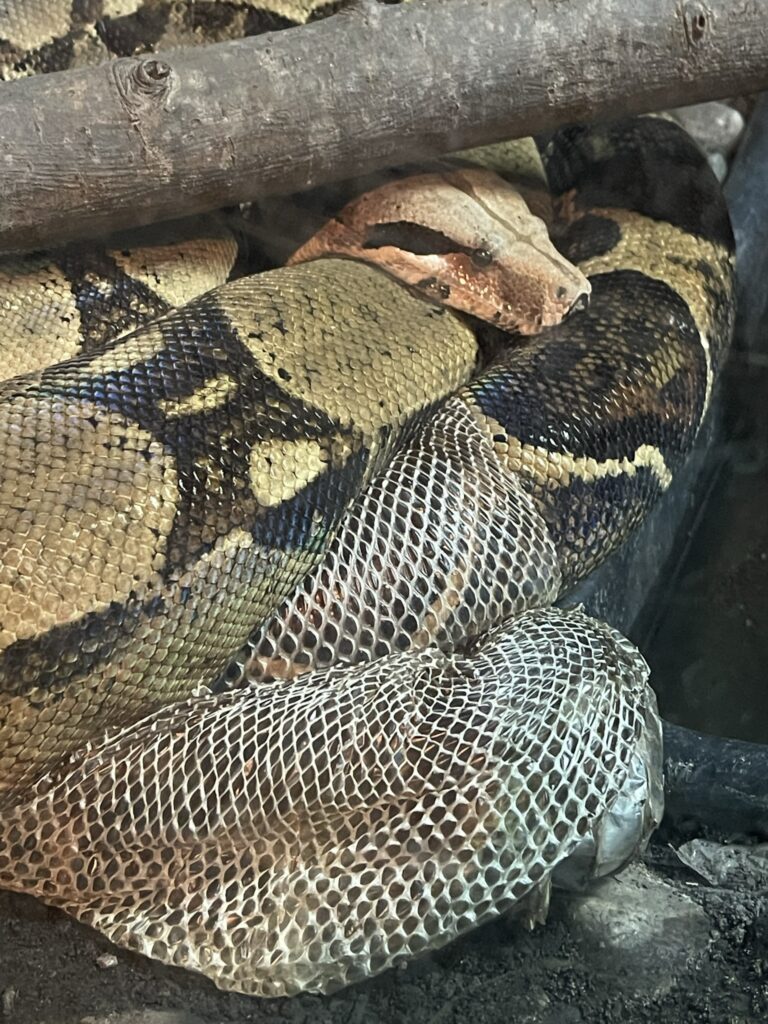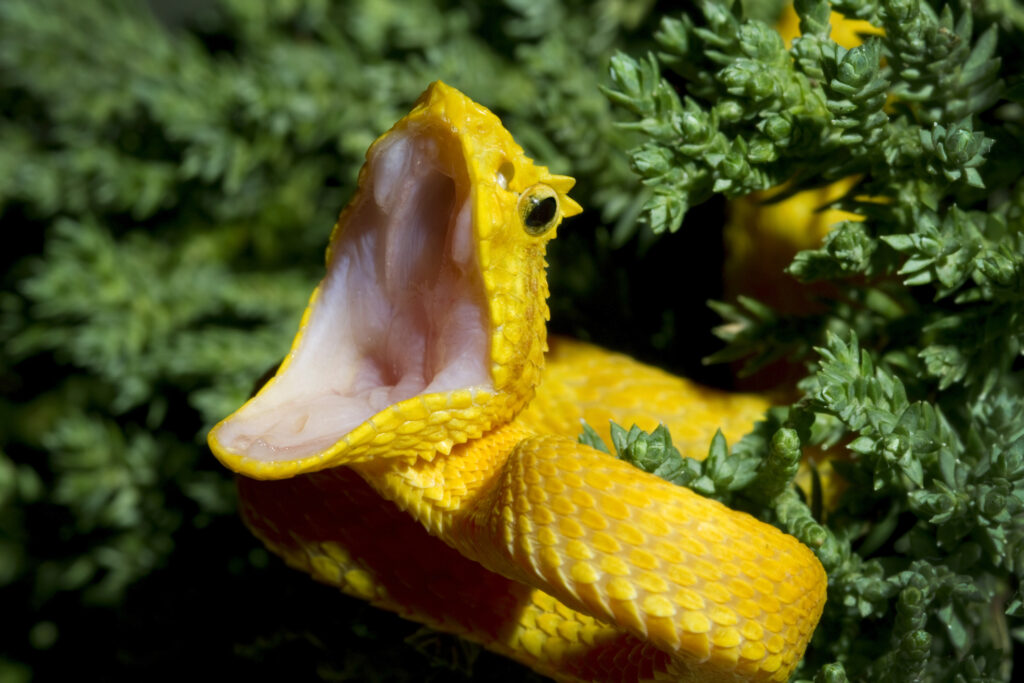Have you ever heard the phrase “being comfortable in your own skin”? For a snake, this takes on a whole new meaning, as they have the chance to shed and regrow their skin as they go through life to ensure they have the perfect fit.
In truth, all animals shed their skin in some way, although in a less dramatic fashion – even us humans! In this blog, we’ll take a look at why, how and when snakes shed their skin, as well as some other similar animals that go through the same process.
Is there a reason snakes shed their skin?
Like all animals, snakes’ bones, muscles, and internal organs grow all through their lives, however, their skin doesn’t grow alongside them. Instead, a snake will gradually outgrow its skin, with new skin growing underneath and eventually, the snake will shed their old skin so that they can feel more comfortable. The scientific name for this is ecdysis.
There are other benefits to shedding in one go, too. The shedding process also removes harmful parasites from the snake that can be embedded in the skin.
Due to their lack of eyelids, it’s important that snakes remain undisturbed during the shedding process. Interrupting them can cause blindness due to their old eyecaps being left behind.

How do snakes shed their skin?
Just before a snake starts to shed its skin, you might notice that it will lose some of its colour and its eyes will go opaque, severely limiting its already poor eyesight. When this happens, the snake will usually rub its head on something rough like a sharp rock to nick the old skin and begin the shedding process.
During the process, snakes will usually hide away because they feel incredibly vulnerable, meaning that it’s unlikely you’ll see a snake shedding its skin in the wild.
Does it hurt the snake when it sheds its skin?
Although it seems like it would hurt, if done properly and gently, the process is completely painless to the snake. This is because a layer of lubricant is produced between the old and new layers of skin, making it a breeze for the snake. It’s a good job too, because this process will usually happen between 2 and 4 times per year.
Why aren’t snake skins brightly coloured?
Snakes can be an array of bright colours, but you’ll find that the old skins aren’t that colourful. This is because when snakes shed their skin, they’re only shedding the hard keratin (the stuff that makes our fingernails) epidermis layer on top of their dermis layer of skin. This leaves the coloured layer intact.
Snakes have colours and patterns for a few reasons. Snakes are coloured to blend into their environment through camouflage, although the patterns can also be used to lure in their prey or even scare off predators.
The viper family of snakes are a great example of how colour, pattern, shape, and characteristics can vary hugely even amongst a subset of a species. The viper snake’s name comes from the Latin vipera meaning living because most types of vipers give birth to live babies instead of laying eggs, like most snakes.

Vipers are also known for their hollow fangs that are used to inject venom into their prey or potential predators. If they just want to give you a warning bite, they can also dry bite, which means they don’t inject any venom, so as to not waste their precious reserves which take time to refill.
Another particularly beautiful type of snake is the Mangrove Snake (Boiga dendrophila), which is named after living in mangrove swamps which isn’t actually true in nature and they’re found more often in lowland rainforests. See the Mangrove Snake in our Venom exhibit – an attraction dedicated to the world’s deadliest creatures!
Do other animals shed their skin?
Many different animals will shed their outer layer, and the process is unique for each species. This can include spiders, insects and crustaceans. For example, tarantulas shed their exoskeleton in order to prevent growth stunting. This will happen annually throughout a tarantula’s life. You can see tarantulas in our Venom exhibit alongside our viper snakes!
The grasshopper will also shed its exoskeleton, but only during its nymph phase. Once the grasshopper reaches adulthood, it stops its shedding process. They typically will moult quickly, as they become easy prey during the procedure.
Crabs are another animal well-known for replacing their outer layer. Similar to snakes, they will do this to remove any parasites or barnacles living in its shell, as well as for growth reasons.
So, you now know why snakes shed their skin! We think you’d agree that snakes truly are one of the most fascinating and beautiful creatures on the planet. If you’d like to visit them up close, book your tickets to see them, as well as our other incredible animals at Blue Planet Aquarium.
